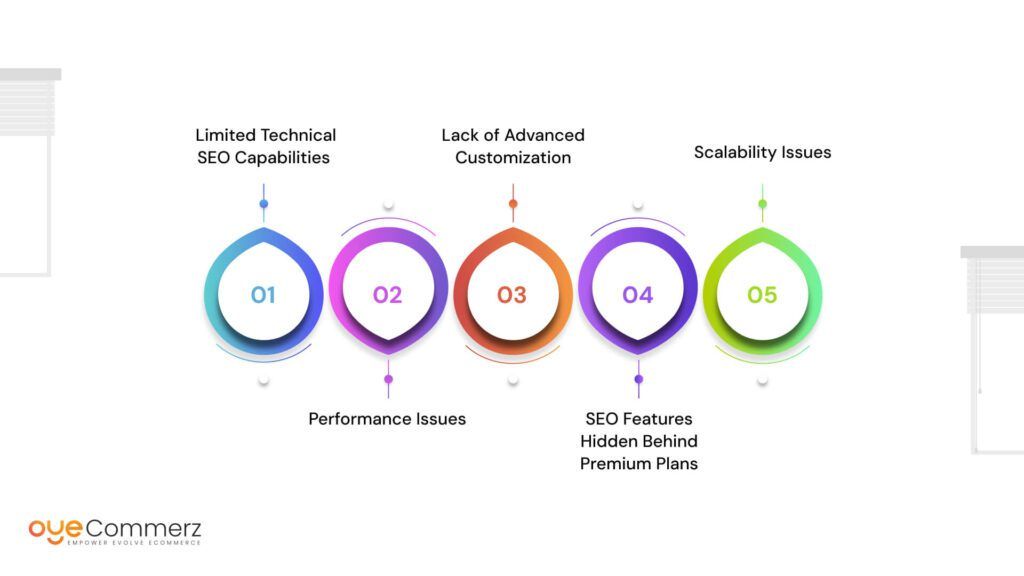In today's digital landscape, choosing the right e-commerce solution is crucial for business growth. If you are presently using Wix but are considering a switch to Shopify, you are in good company. Numerous companies are migrating to Shopify to take advantage of its robust features, scalability, and specialized e-commerce solutions. This guide will outline the migration process, guaranteeing a seamless move and setting you up for e-commerce success.
Why Migrate from Wix to Shopify?
Before diving into the transition process, it's essential to understand why Shopify might be a better fit for your e-commerce needs:
- E-commerce Focus: In contrast to Wix, which serves multiple use cases, Shopify is engineered exclusively for e-commerce, offering sophisticated features and features tailored for digital commerce.
- Growth Potential: As your company expands, Shopify can seamlessly handle higher visitor volumes and transactions volume without compromising performance.
- Extensive App Ecosystem: Shopify offers a large collection of apps that can enhance your store's functionality, from marketing tools to stock control options.
- Search Engine Optimization: Shopify offers superior SEO tools, which can assist in boosting your store’s presence on Google and others.
- Transaction Methods: With multiple transaction platforms supported, including Shopify Payments, you can provide shoppers a wide range of options.
Getting Ready for Transition
To ensure a smooth migration from Wix to Shopify, adhere to these preparation guidelines:
1. Save Your Information
Download all your information from Wix, including product details, customer information, and transaction logs. This step is vital as it ensures you have a copy of all data before starting the transfer.
2. Choose Your Shopify Plan
Evaluate the various Shopify plans available and select one that aligns with your business needs. Consider factors such as costs, built-in Performance analytics tools, and scalability options.
3. Set Up Your Shopify Account
Register your Shopify account and explore the platform’s dashboard and features.
The Migration Process
Now that you are ready, it’s time to transfer your store from Wix to Shopify. Here’s how:
1. Transfer Items
Utilize Shopify's built-in migration utility or external tools like Cart2Cart or LitExtension to move your items from Wix to Shopify.
Ensure that item details, images, prices, and options are correctly imported.
2. Migrate Client Information
Upload customer information such as user names and email addresses into your new Shopify store. This process is vital for maintaining client connections and advertising strategies.
3. Configure Transactions
Configure transaction methods in your Shopify store to guarantee seamless payments. You can select from multiple platforms like credit cards, PayPal, and more.
4. Personalize Your Store Design
Select a theme that aligns with your business Shopify app library image. Modify it using Shopify's customization options to create an attractive and intuitive store layout.
5. Search Engine Optimization
Implement SEO best practices during the migration process:
- Configure 301 redirects from old Wix URLs to new Shopify URLs.
- Enhance item names, details, and photos with targeted keywords.
- Modify meta tags and alt texts for better search engine visibility.
Post-Migration Steps
Once your store is active on Shopify, consider these follow-up steps:
1. Check Your Website
Conduct comprehensive testing of your new store:
- Check item listings for accuracy.
- Verify payment processes.
- Make sure all links work correctly.
2. Promote Your Store
Announce your new store launch through newsletters and social media channels.
Think about running promotions or sales to attract shoppers.
3. Monitor Performance
Leverage analytics tools within Shopify to track revenue growth and user activity.
Adjust your strategies based on performance analytics.
Conclusion
Migrating from Wix to Shopify can significantly improve your e-commerce potential and set the stage for growth and achievement. By following this guide and taking a step-by-step approach to the migration process, you can ensure a smooth transition that minimizes downtime and boosts opportunities for sales. Embrace the change and see your online business thrive on its new platform!
